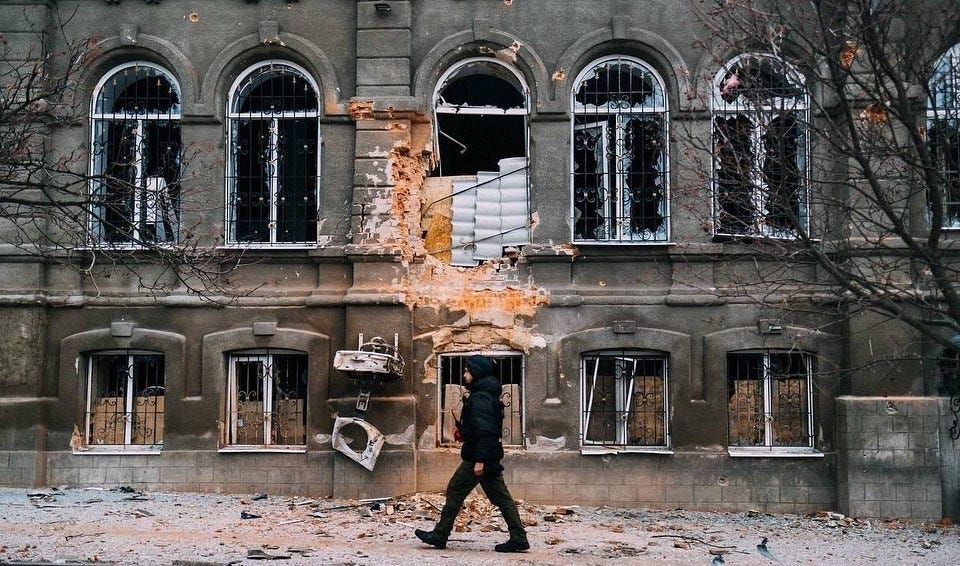The Second Battle Of Bakhmut: A Loser's Guide
Timing is everything
A new Russian offensive has begun in the east of Ukraine. On the flanks of Bakhmut, Russian paratroopers attack behind a curtain of artillery fire. Progress is still slow and costly, but the attacks are better-planned and executed than the human wave assaults of December and January, so there are fewer of them.
This will change…
Keep reading with a 7-day free trial
Subscribe to Polemology Positions to keep reading this post and get 7 days of free access to the full post archives.


